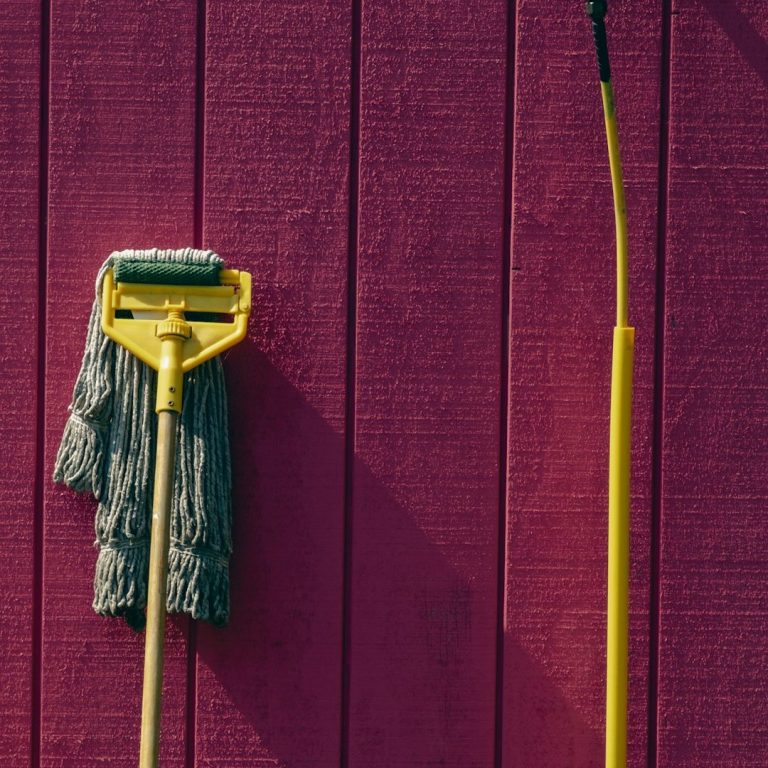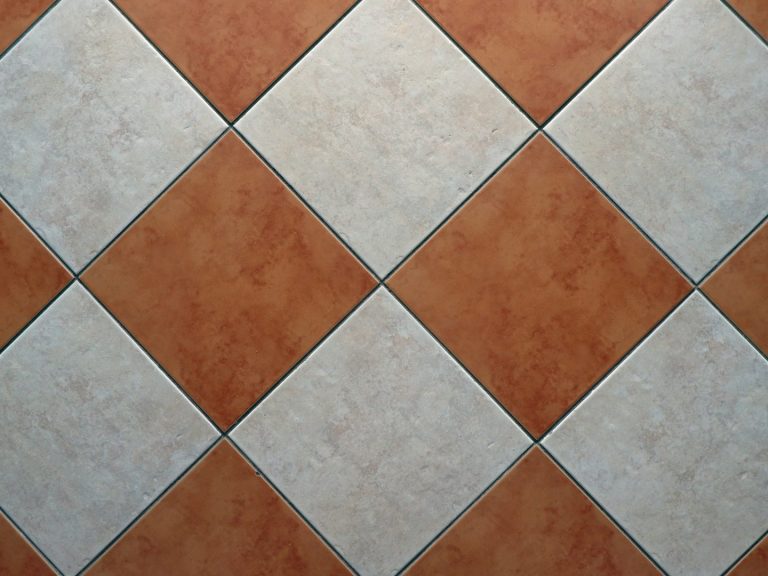Bringing Walls to Life, One Stroke at a Time
HOW TO PAINT A WALL PROPERLY
3 stages for painting a wall the proper way

STAGE 1
Prepping the wall
This is the foundation of a good paint job. Begin by clearing the room or covering furniture and floors. Clean the wall surface to remove dust, grease, or mold. Fill any holes or cracks with filler, sand them smooth, and wipe away the dust. Use painter’s tape to mask off trims, sockets, and edges for clean lines.

STAGE 2
Priming and Cutting
Priming helps the paint adhere better, especially on new, patched, or dark-colored walls. Apply a primer and allow it to dry completely. Once dry, start "cutting in" - use a brush to paint edges, corners, and around fittings where rollers can’t reach. This ensures clean, sharp borders and avoids roller marks near the edges.

STAGE 3
Painting
Now for the main event. Use a roller for large wall areas, applying paint in a crisscross or “W” motion for even coverage. Work in sections, blending while the paint is still wet. Allow the first coat to dry completely before applying a second coat if needed. Once dry, remove the painter’s tape carefully for a crisp finish.
Tiling Done Right, with Lyon Construction.
How to choose the right tiles for your bathroom
Planning a bathroom makeover? 🛁
Choosing the right tiles can make or break your space — not just in style, but in safety and durability too. Here are 4 essential steps to help you pick tiles that look stunning and work perfectly for your bathroom.

STEP 1
Define Your Bathroom’s Needs
Think about the tile's location:
- Floor tiles need to be non-slip and durable.
- Wall tiles can be more decorative and lighter in weight.
- Shower zones need tiles with high water resistance.

STEP 2
Choose a Style That Fits Your Space
- Go light and neutral for small bathrooms to make them feel spacious.
- Use bold colors or textures to create feature walls or visual interest.
- Stick to consistent shapes to maintain a clean design flow.

STEP 3
Mix & Match Thoughtfully
- Combine statement tiles with simple base tiles for balance.
- Use mosaic tiles for accents or niches.
- Match grout color to your tile for a seamless look, or contrast for drama.

STEP 3
Stick to Your Budget Without Compromising Quality
- Invest in durable tiles for floors and high-use areas.
- Use pricier tiles as accents to reduce costs.
- Always order 10% extra to account for cuts or replacements.
4 SIGNS TO SPOT YOUR PAINT NEEDS CHANGING
Paint isn’t just about looks — it also protects your walls and reflects the feel of your space. Over time, even the best-quality paint begins to wear down. But how do you know when it’s time to repaint?
Here are the top signs your walls are due for a fresh coat:
1. Peeling, Cracking, or Bubbling Paint
If your paint is flaking, bubbling, or cracking — it’s not just unsightly, it’s a sign the surface underneath needs attention.
2. Faded or Washed-Out Color
Sunlight and time can dull even the most vibrant shades. If your walls look lifeless, a repaint can instantly revive the space.

3. Stains That Won’t Come Off
If you’ve scrubbed those scuff marks and stains to no effect, it's time for a fresh coat that looks clean and stays clean.
4. Mould or Damp Spots
Dark patches in bathrooms or kitchens are a clear warning — repainting with the right moisture-resistant materials is a must.

3 Steps to Spot Common Electrical Issues at Home (and What to Do)
1. 🔌 Check Your Circuit Breaker
If it trips often, your system might be overloaded — or worse, there could be a short circuit. Don’t ignore it. Get it checked by a certified electrician ASAP.
2. 🔥 Look for Signs of Overheating
Do your outlets feel warm or show burn marks? Can you smell burning plastic near a socket? These are serious red flags that need urgent attention.
3. 💡 Pay Attention to Buzzing or Flickering
Buzzing switches or flickering lights could mean loose wiring or faulty connections. It might seem minor, but it’s a potential fire hazard.
How a Pro Carpenter Plans a Renovation
A professional carpenter starts every renovation with careful planning—assessing the existing structure, understanding the client's vision, creating detailed designs, sourcing materials, and scheduling each phase of the build. It's not just about skill—it's about strategy, precision, and delivering lasting results.
How to Instantly Freshen Up a Room
Repaint your walls with a light, neutral shade like off-white or soft grey.
✨ It reflects more light, makes the space feel larger, and gives your room an instant refresh!


How to Instantly Modernise a Room
Repaint with a clean, neutral tone like crisp white or soft grey.
It’s the quickest way to make any space feel bigger, brighter, and brand new!

Does your bathroom always smell musty, no matter how often you clean it?
Install a Proper Ventilation Fan
That’s it. The number one cause of musty smells is trapped moisture—and the best fix is a ventilation fan that actually works. A quality extractor fan pulls out damp air, reducing mould, mildew, and that constant musty odour.
Why It Works:
Prevents moisture buildup
Stops mould and mildew from forming
Improves air quality and smell instantly
Extends the life of your walls, ceiling, and tiles
🔧 Pro Tip from Lyon Construction Limited: Look for a fan with both high airflow and quiet operation. And don’t forget to run it during and after every shower.
How to Stay Safe at Home
Check Your Outlets for Overheating
Feel your outlets. If any are warm or hot to the touch, that’s a red flag!
It could indicate overloaded circuits or faulty wiring — and it's a fire risk. Spotting this early could save your home from serious electrical damage.

How to Improve Any Room Instantly
Add better lighting!
Swapping outdated bulbs for brighter, energy-efficient LED lights instantly makes a space feel newer, cleaner, and more inviting — no renovation required.
How to Spot a Roof Leak Before It Gets Worse
Noticed a stain on your ceiling? That could be more than just a water mark. 🚨
Common signs of a roof leak include:
✔️ Water stains or discoloration on ceilings/walls
✔️ Dripping sounds during heavy rain
✔️ Missing or damaged shingles
✔️ Damp attic insulation
Don’t wait until it’s an emergency—early signs can save you thousands in repairs! 💸

How to Stay Safe at Home
Check your sockets for heat or burning smells.
If anything feels warm or looks discoloured, call a certified electrician immediately — it could be a sign of faulty wiring.
Struggling with uneven tiles?
Grouting them takes a bit more care, but it’s doable! Use a rubber float to press grout firmly into the gaps, working in small sections. Wipe diagonally with a damp sponge and smooth out any low spots before it dries.
How to Clean Grout Like a Pro
Grout can trap dirt and stains over time, making tiles look dull. Here’s the fastest way to bring it back to life:

Step 1: Apply a Cleaning Solution
Mix equal parts baking soda and water into a paste, or use a store-bought grout cleaner. Apply directly to the grout lines and let it sit for 5–10 minutes.

Step 2: Scrub & Rinse
Use a stiff-bristled brush (an old toothbrush works!) to scrub in circular motions. Rinse with warm water and wipe clean with a cloth.
How-To Tip: Prevent Paint Streaks
When painting walls, always roll in the same direction and keep a wet edge to avoid streaks or roller marks. Consistent strokes = a smooth, professional finish.


5 Steps to Clean Your Ceiling
Step 1: Prepare the Area
Move or cover furniture and floors to protect from dust and drips.
Step 2: Dust the Ceiling
Use an extendable duster or vacuum with a brush attachment to remove cobwebs and loose dirt.
Step 3: Spot Clean Stains
Gently scrub stains with a mild cleaning solution and a soft sponge.
Step 4: Wipe the Entire Surface
Use a damp microfiber mop or cloth to wipe the ceiling evenly.
Step 5: Dry and Inspect
Let the ceiling air dry and check for any missed spots or touch-ups needed.
🧽 How to Clean Bathroom Tiles with Baking Soda
Baking soda is a natural, affordable, and effective way to bring back the shine to your bathroom tiles. Simply make a paste by mixing baking soda with a little water, then spread it over the tiles and grout lines. Let it sit for 10–15 minutes to break down dirt, stains, and soap scum. After that, scrub gently with a sponge or brush and rinse thoroughly with warm water.
💧 How to Waterproof Your Bathroom Floor 💧
A strong waterproof layer is the key to keeping your bathroom safe from leaks and damage. From prepping the surface to applying a proper sealant, every step matters to protect your home for the long run.